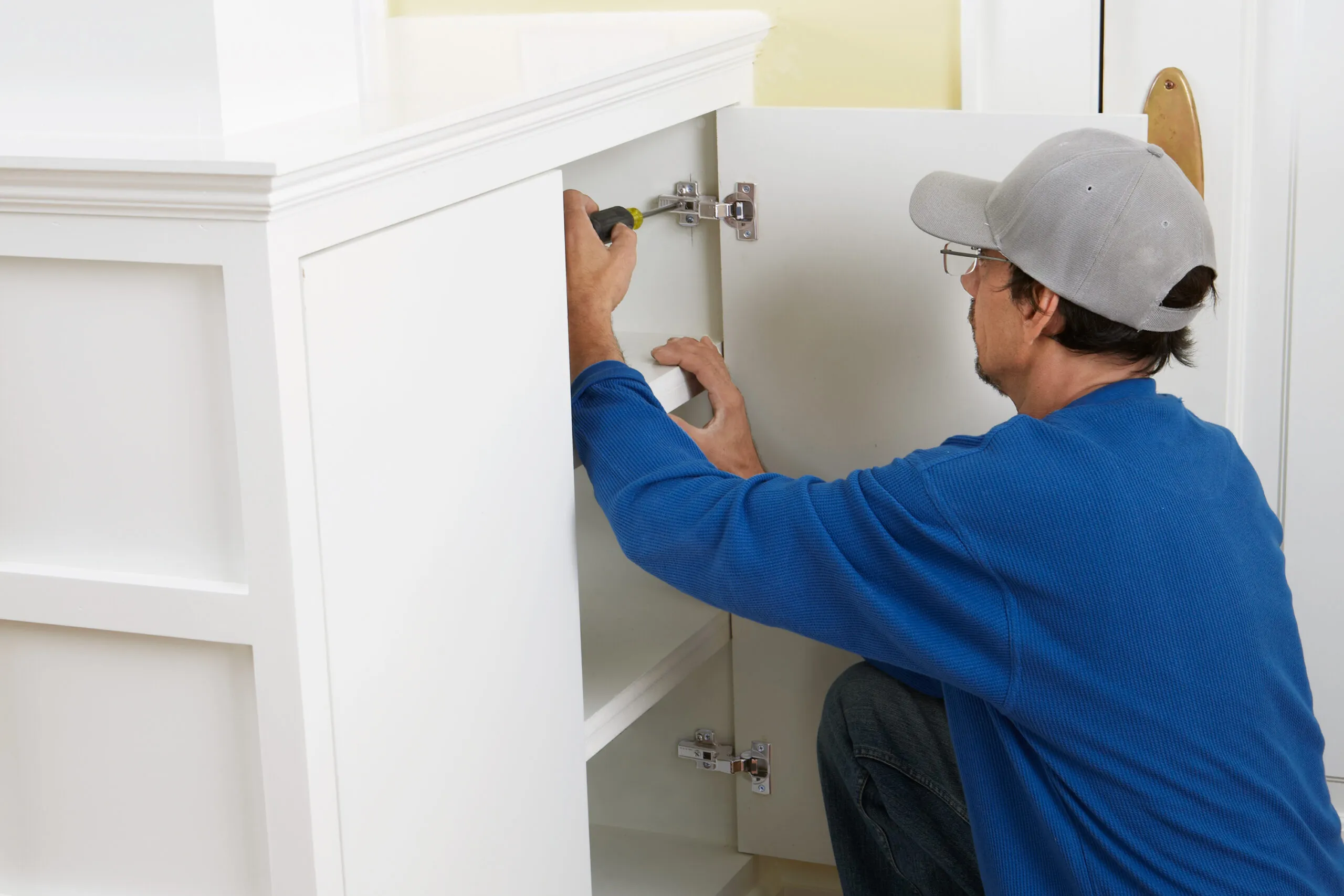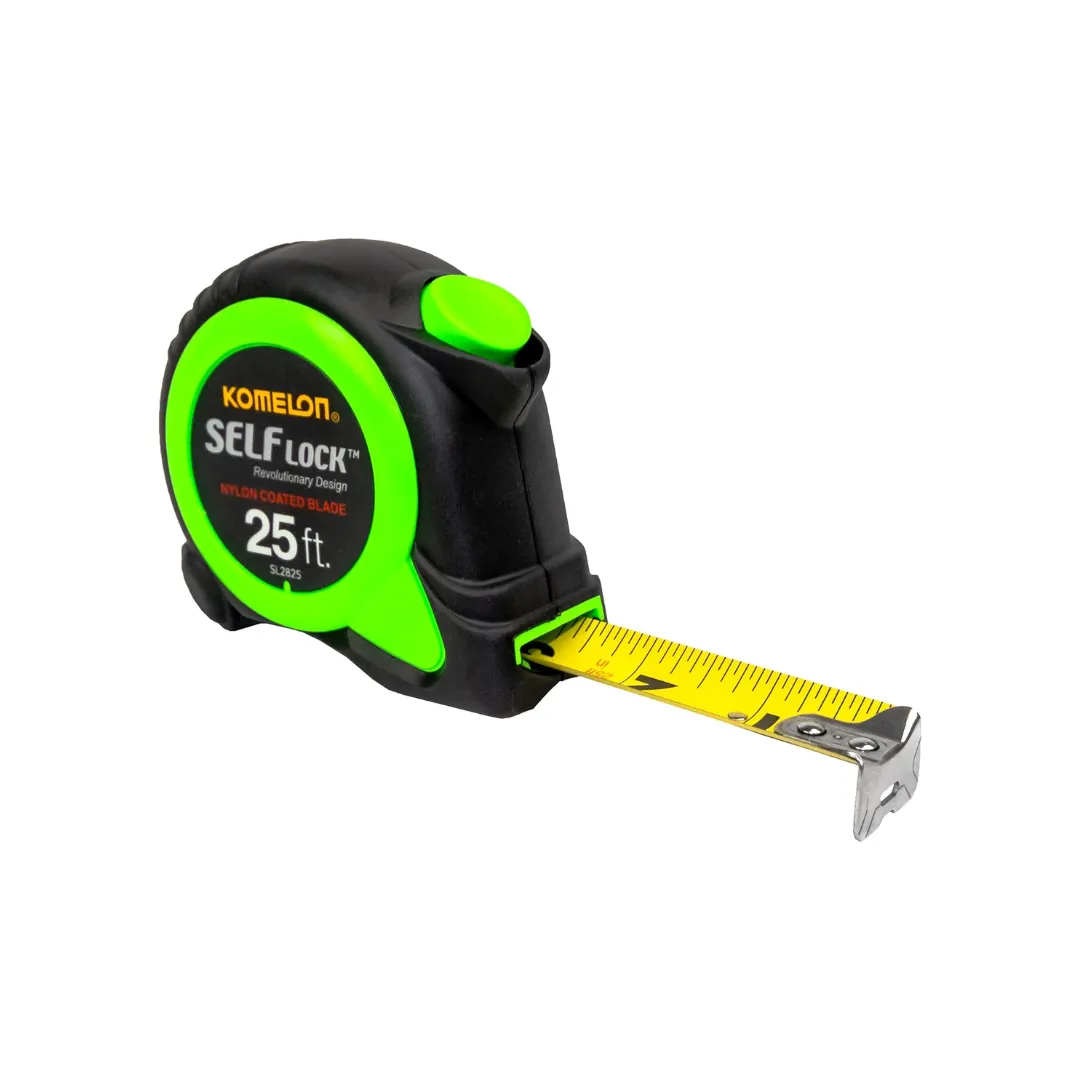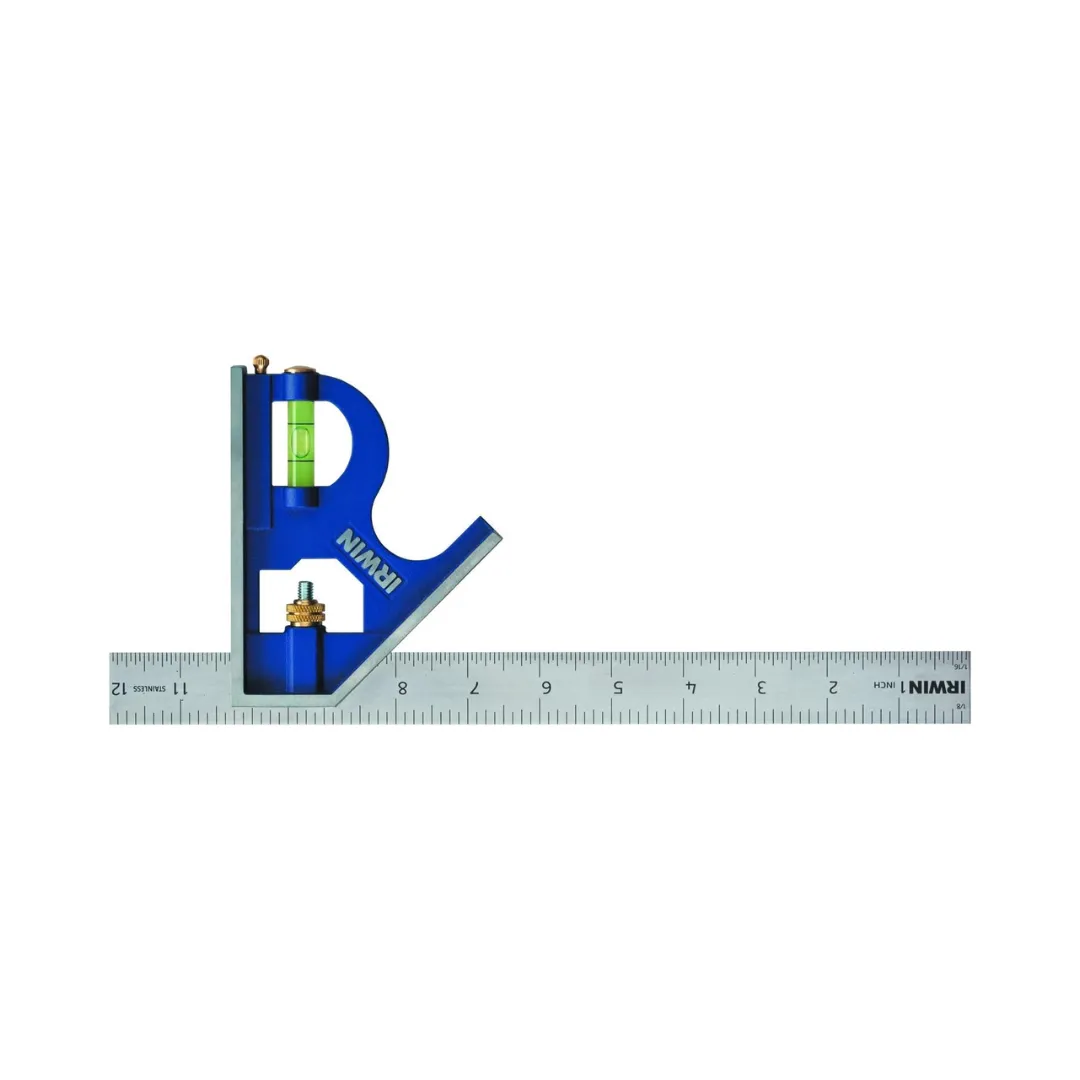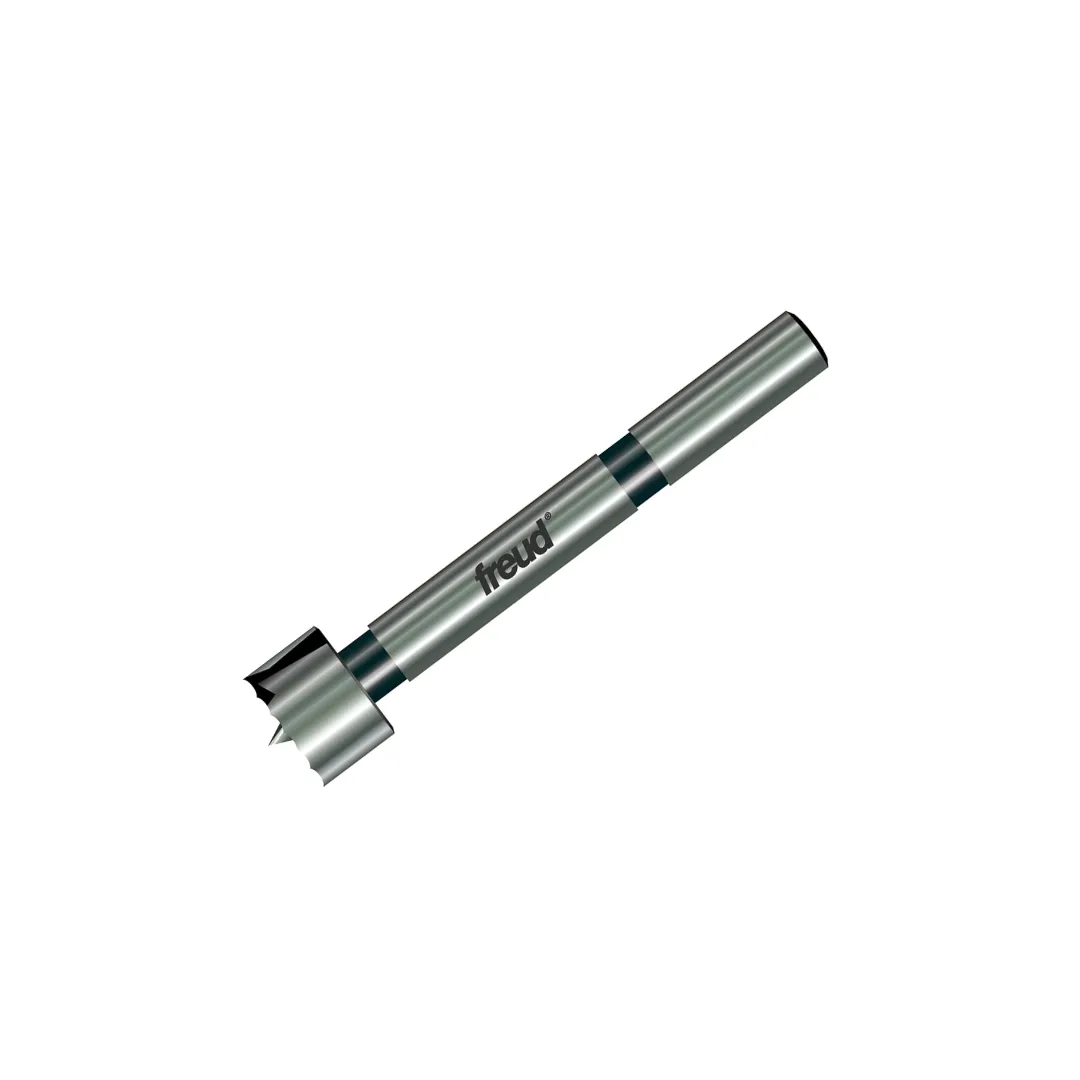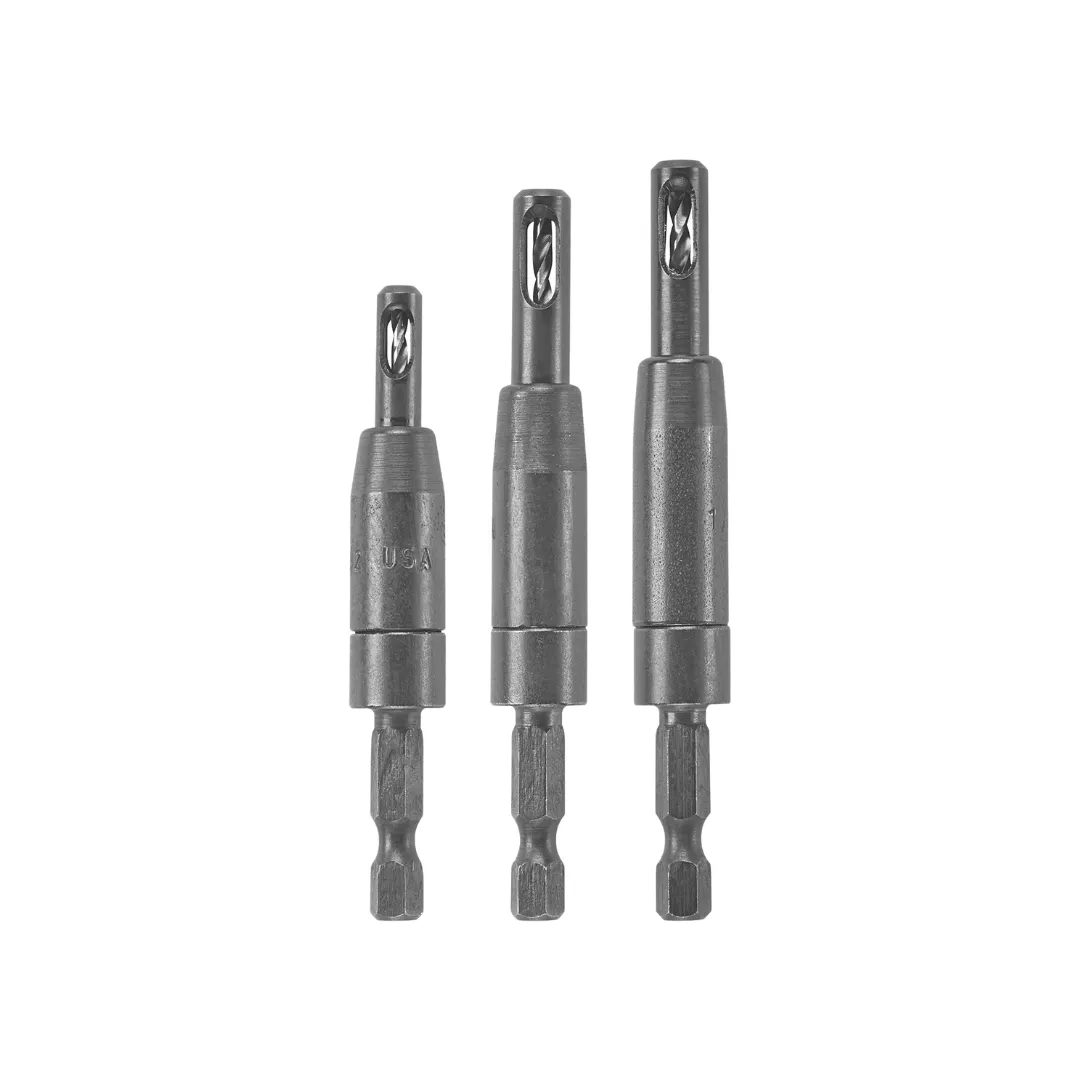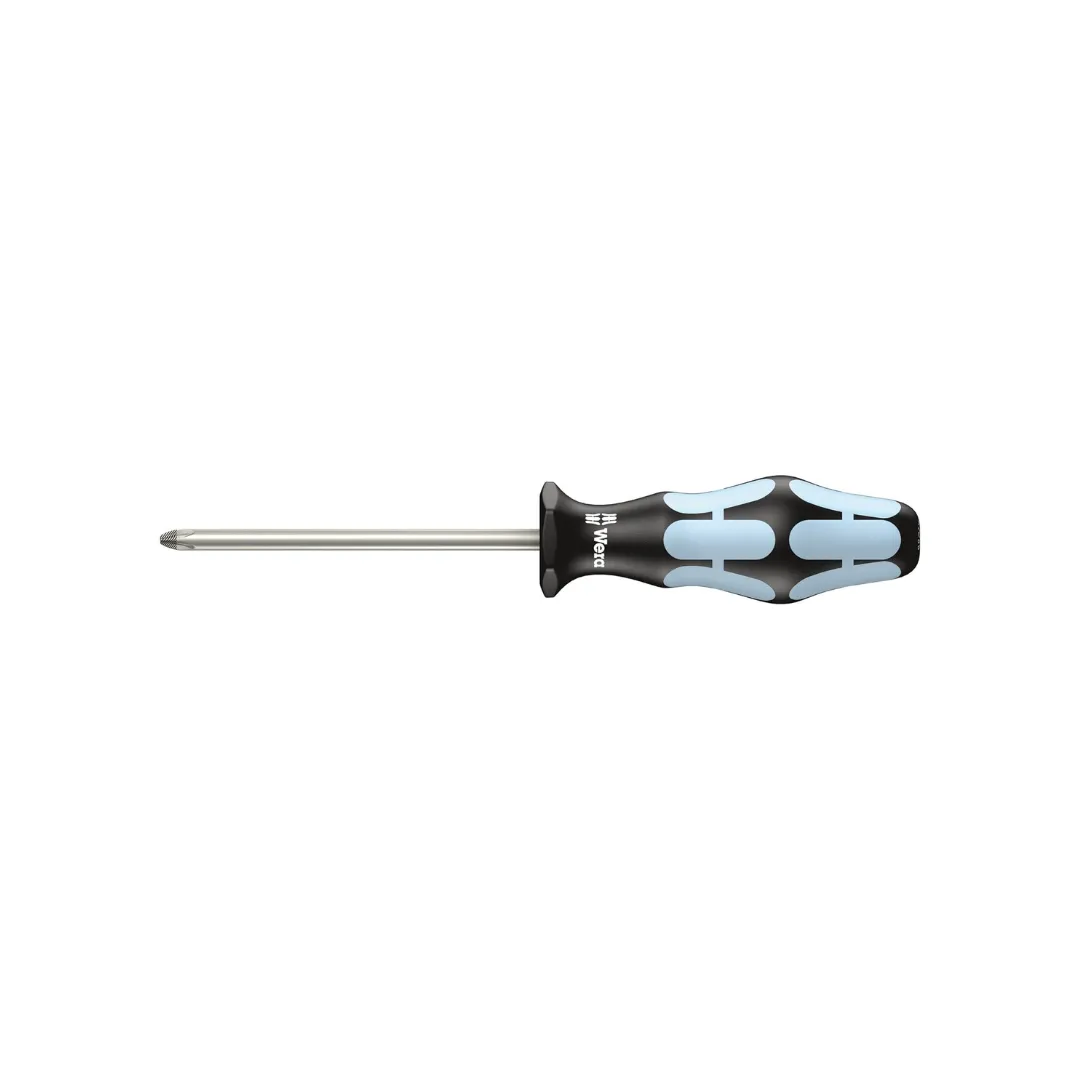We may be compensated if you purchase through links on our website. Our team is committed to delivering honest, objective, and independent reviews on home products and services.
Whether you’re updating existing cabinets or installing new ones, concealed hinges can add a modern touch to your space.
Concealed cabinet hinges are hardware components that remain hidden when a cabinet door is closed. Unlike traditional hinges that are visible on the outside of the cabinet, these hinges are installed inside the cabinet and door, creating a clean, seamless look. They’re designed to support the weight of the door while allowing smooth operation and easy adjustability.
In this guide, we’ll walk you through the process of selecting, installing, and adjusting concealed cabinet hinges.
Essential Tools for Installing Concealed Hinges
To successfully install a concealed hinge, gather the following tools.
Preparing To Install Concealed Cabinet Hinges
Proper preparation is the key to a successful concealed hinge installation. This section will guide you through the initial steps.
Choosing the Right Hinges
Select hinges that are compatible with your cabinet type and door style. These are the most common types of concealed hinges:
- Full overlay hinges: For doors that completely cover the cabinet face frame
- Partial overlay hinges: For doors that partially cover the face frame
- Inset hinges: For doors that sit flush within the cabinet frame
- Frameless cabinet hinges: For cabinets without a face frame
You can buy most of these hinges with a soft-close feature that prevents the door from slamming shut. As you shop for hinges, also take into account the door thickness and size. The larger the door, the more hinges you’ll need.
Consult the hinge manufacturer’s specifications or seek advice from a hardware specialist to choose the correct hinges for your project.
Measuring Your Cabinet Doors
To achieve proper hinge placement, you need to take accurate measurements. Measure the height, width, and thickness of your cabinet doors. For face frame cabinets, also measure the width of the face frame and the desired overlay. These measurements will help you determine the correct hinge placement and the number of hinges needed per door.
Marking the Door for Hinge Placement
With your measurements in hand, it’s time to mark the door for hinge installation:
- Use a combination square to draw a line parallel to the hinge-side edge of the door, typically inset ⅞ inch.
- Mark points along this line where the hinges will be placed. For most doors, place marks 3½ inches from the top and bottom edges.
- Double-check your measurements for accuracy before drilling.
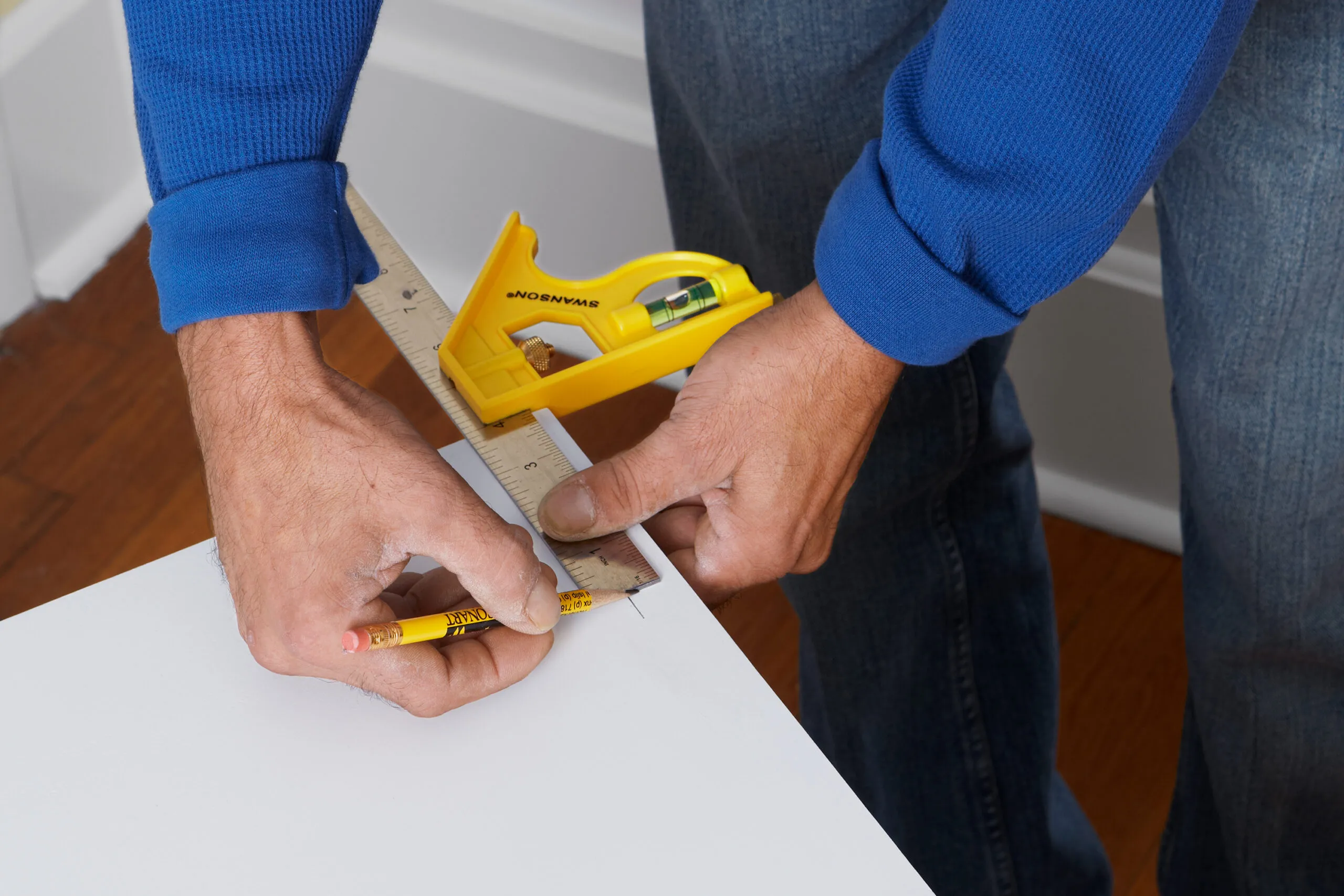
Step-by-Step Hinge Installation Process
Now that you’ve prepared your tools and materials, it’s time to install your concealed cabinet hinges.
Drilling the Cup Holes
The cup hole is where the main body of the hinge will sit within the door. Here’s how to drill it:
- Set your 35mm Forstner bit to drill to a depth of ½ inch. Mark this depth on the bit with tape if necessary.
- Position the bit on the center point you marked earlier.
- Drill slowly and steadily until you reach the desired depth.
- Blow out the shavings and test-fit the cup to make sure the hinge flanges touch the door surface.
- Repeat for all hinge locations on the door.
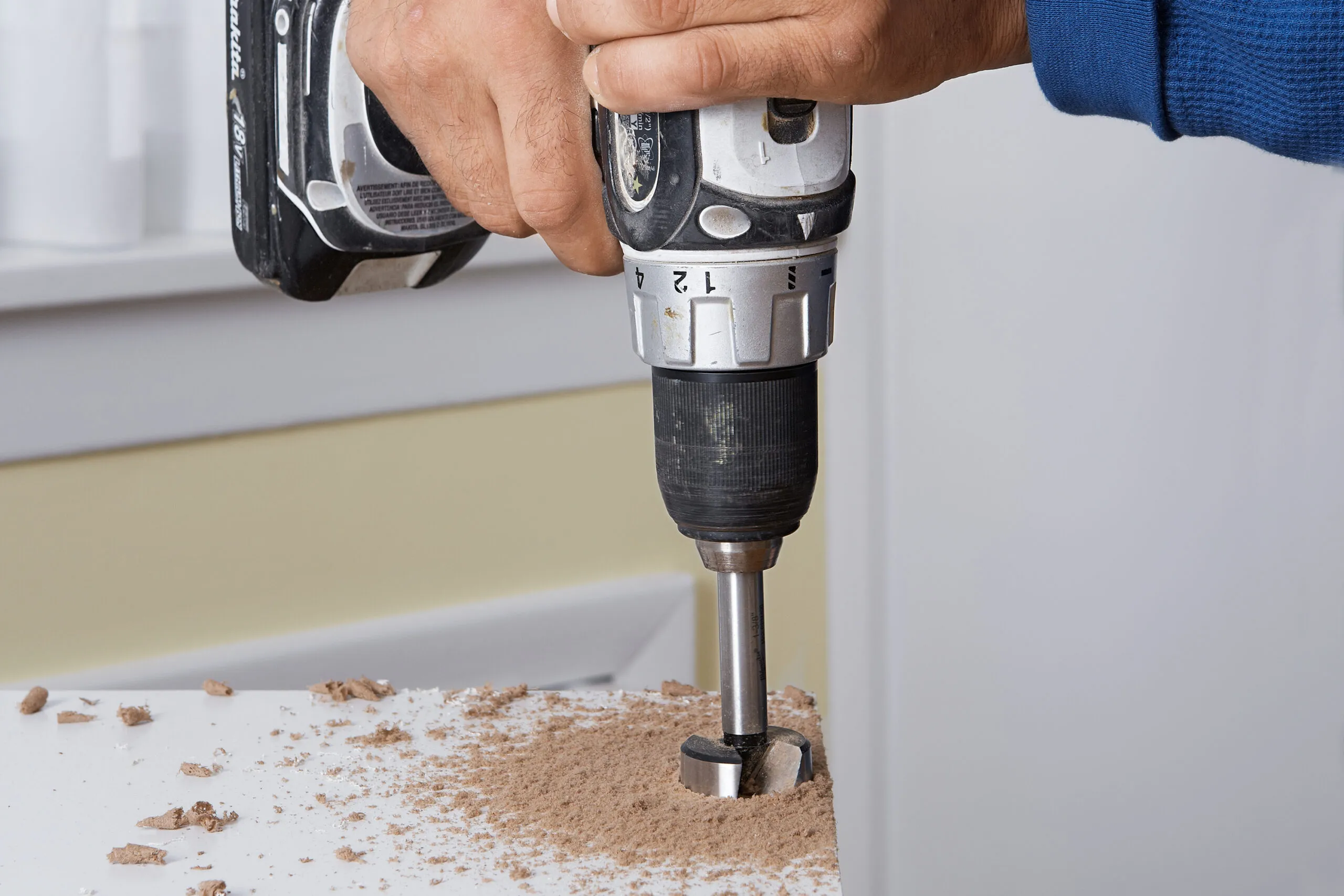
Installing the Hinge Cups
With the cup holes drilled, you can now install the hinge cups by following these steps:
- Press the hinge cups into the holes you’ve drilled.
- Use a rafter square to confirm the hinge is aligned correctly.
- Using a self-centering drill bit, drill pilot holes through the screw holes in the hinge flanges.
- Secure the hinge cups with ⅝-inch #6 wood screws.
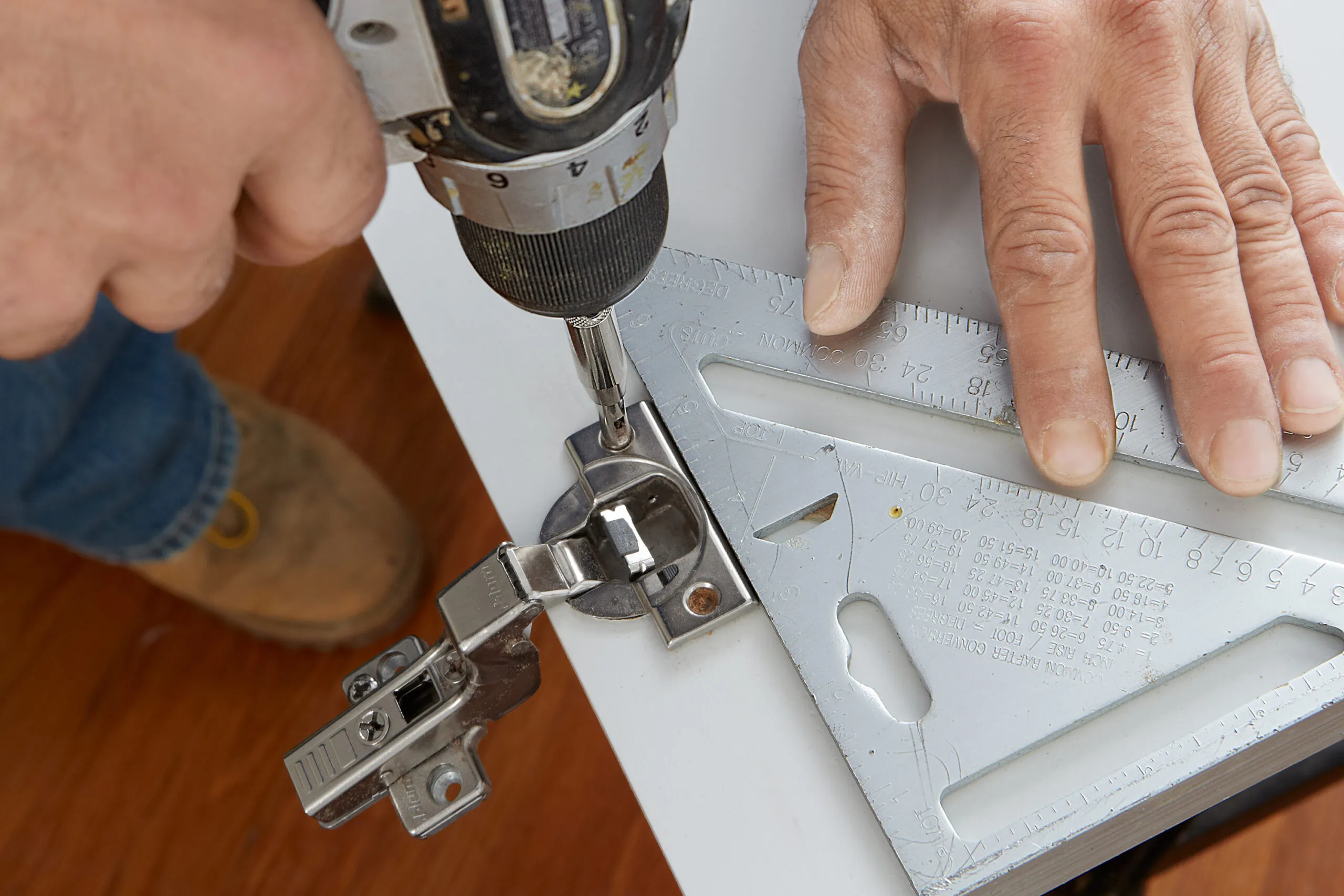
Mark the Cabinet
Now, it’s time to mark the cabinet before hanging your doors. Take the following steps:
- Shim the door in place with an even gap all around, and measure the gap; 1/16 inch is standard.
- Remove the door, and use a combination square to mark a vertical line on the cabinet’s side panel 2¼ inches from the front edge.
- Make a horizontal line 3½ inches—plus the gap—from the top and bottom of the opening.
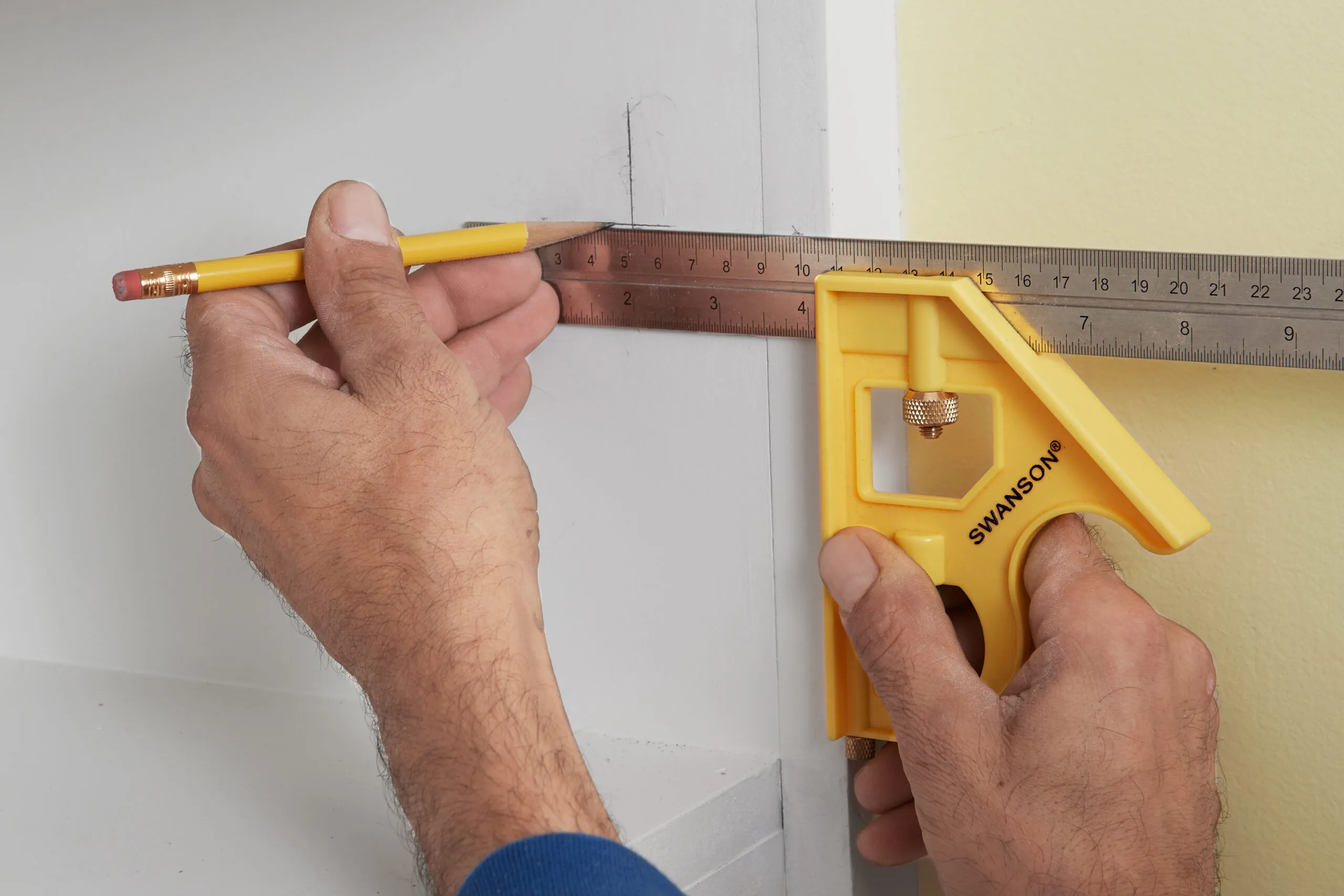
Attaching the Mounting Plates
The mounting plates are the parts of the hinge that attach to the cabinet:
- Remove the mounting plate from each hinge.
- Position the plate on the cabinet, aligning it with your marks.
- Drill pilot holes through the plate’s screw holes.
- Secure the plate with ⅝-inch #6 screws.
- Do the same for each hinge.
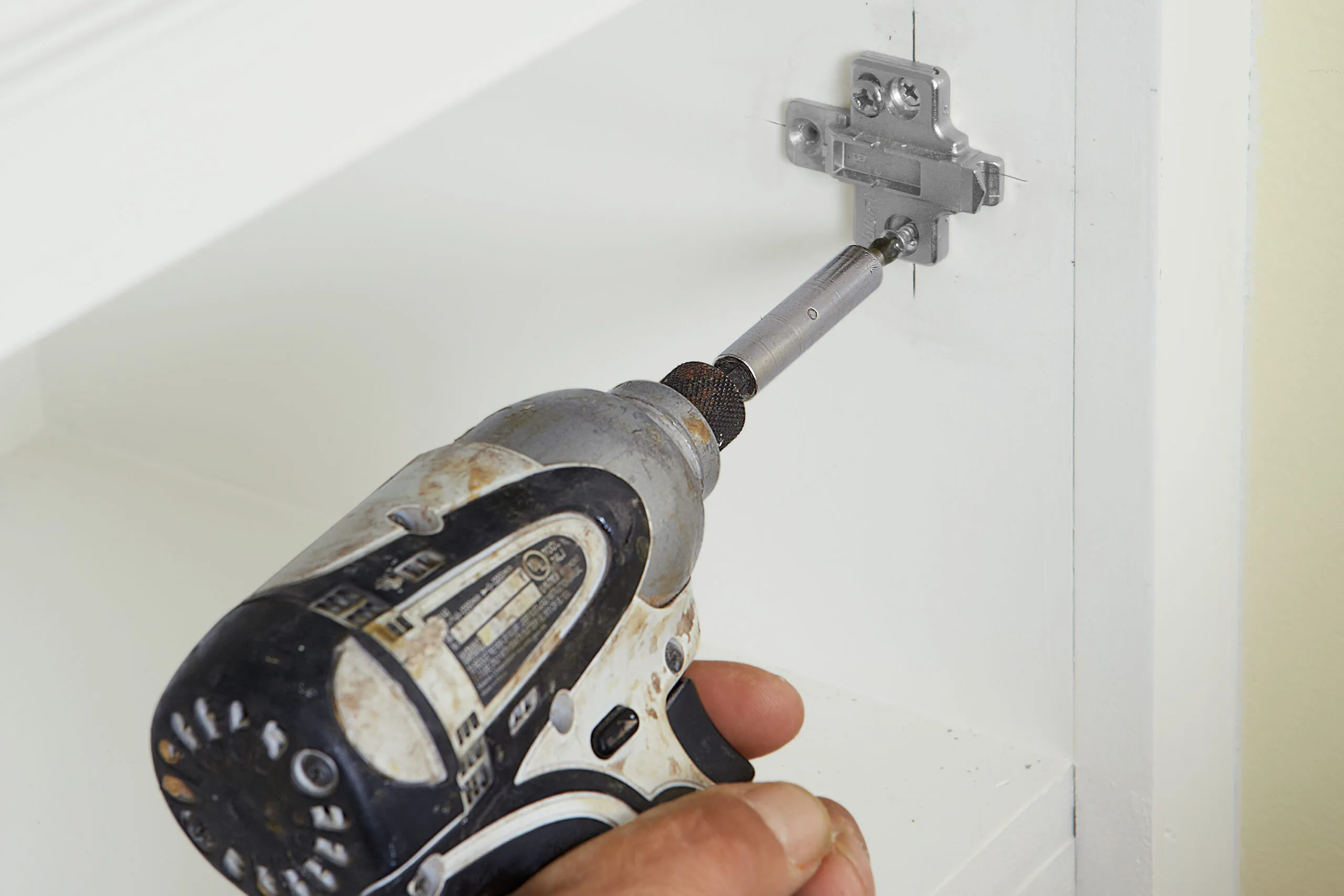
Hanging the Cabinet Doors
With the hinges and mounting plates in place, you can now hang the doors by doing the following:
- Hold the door in the open position next to the cabinet.
- Align the hinges with their corresponding mounting plates.
- Snap the hinges onto the plates – you should hear a click.
- Slowly close the door to check the alignment.
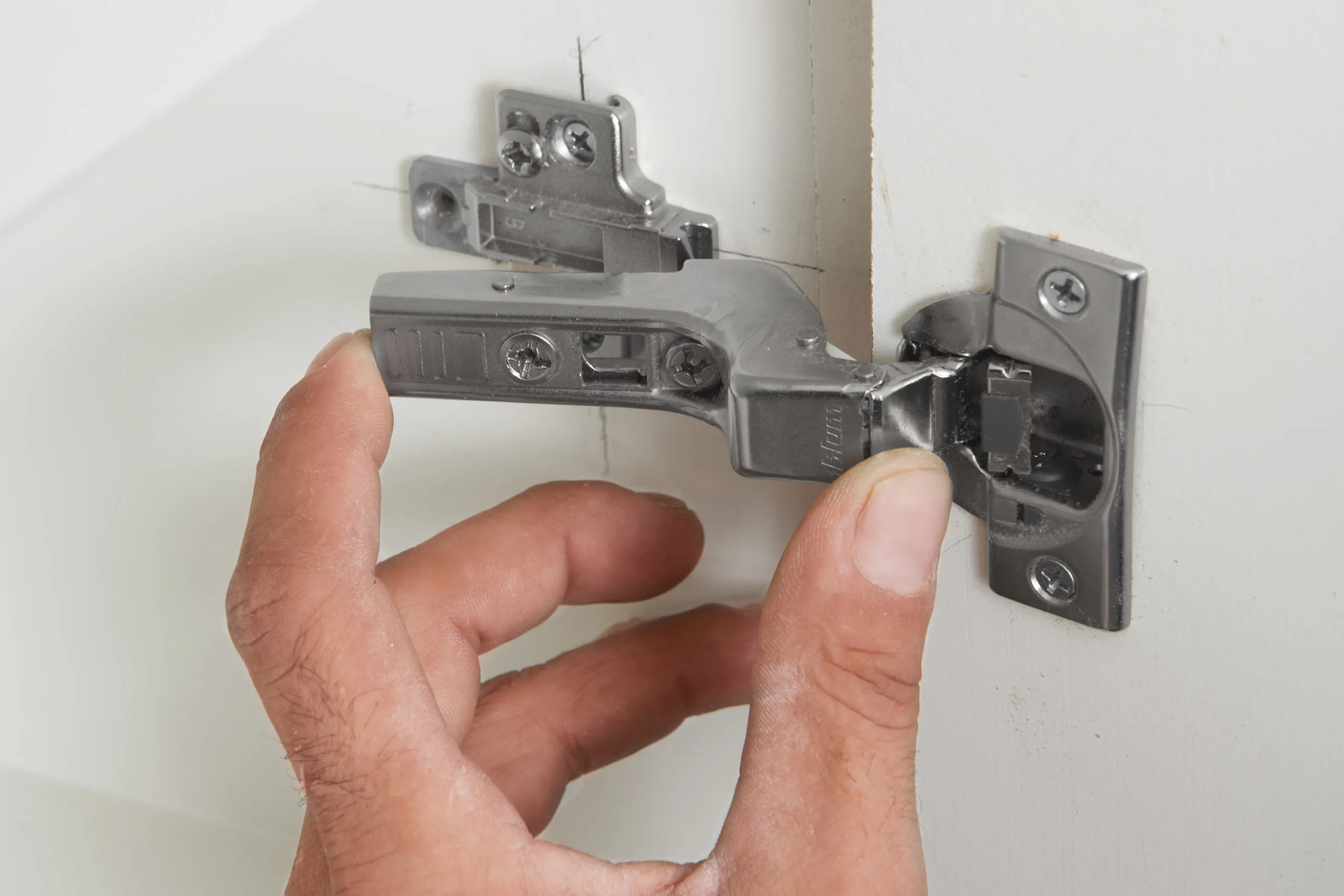
Adjusting Concealed Hinges for Perfect Alignment
One of the major advantages of concealed hinges is their adjustability. You can fine-tune the door’s position in three directions to achieve perfect alignment.
Side-to-Side Adjustments
Side-to-side adjustments help you create even gaps between adjacent doors or align the door with the cabinet frame. Here’s how you can make side-to-side adjustments:
- Locate the front screw on the hinge arm.
- Turn the screw clockwise to move the door closer to the hinge side of the cabinet.
- Turn counterclockwise to move the door away from the hinge side.
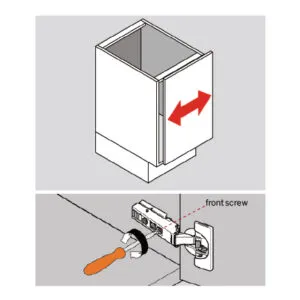
Up-and-Down Adjustments
These adjustments help you align the top and bottom of the door horizontally. Find the middle screw on the mounting plate. Turn clockwise to raise the door and counterclockwise to lower it.
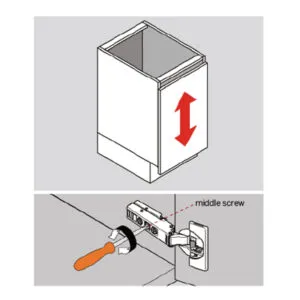
In-and-Out Adjustments
In-and-out adjustments will help the door sit flush with the cabinet when closed. Here are the steps to take:
- Locate the rear screw on the hinge arm.
- Turn clockwise to pull the door closer to the cabinet.
- Turn counterclockwise to push the door away from the cabinet.
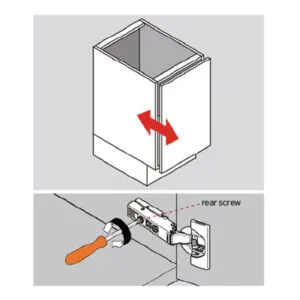
Troubleshooting Common Cabinet Hinge Installation Issues
Even with careful planning and execution, you may encounter some issues when installing concealed hinges. Here are solutions to common problems.
Uneven Door Gaps
If the gaps around your door are uneven, check that the hinges are installed at the correct height on both the door and cabinet. Adjust the side-to-side positioning of the door using the front screw on the hinge arm, and make sure the cabinet itself is level and square.
Doors Not Closing Properly
If your doors don’t close flush against the cabinet, verify that the hinge cup is drilled to the correct depth. Use the in-and-out adjustment screw to bring the door closer to or farther from the cabinet. Check for any obstructions inside the cabinet that might be preventing full closure.
Loose or Wobbly Hinges
For loose or wobbly hinges, tighten all screws on both the hinge cup and mounting plate. Check that the hinge cup is seated properly in the drilled hole and the mounting plate is securely fastened to the cabinet.
Maintaining Your Concealed Hinges
Proper maintenance will ensure your concealed hinges continue to function smoothly for years to come.
Regular Cleaning Tips
Keep your hinges clean to prevent buildup that can affect their performance. Here are a couple of ways to clean your hinges:
- Wipe hinges with a soft, dry cloth to remove dust and debris.
- For stubborn dirt, use a slightly damp cloth, then dry thoroughly.
- Avoid using harsh chemicals or abrasive materials that could damage the hinge finish.
Lubricating the Hinges
Periodic lubrication can help maintain smooth operation. Apply a small amount of silicone-based lubricant to the moving parts of the hinge, but avoid using oil-based lubricants, which can attract dust and grime. Wipe away any excess lubricant to prevent staining on the cabinet or door.
When to Replace Hinges
While concealed hinges are durable, they may eventually need to be replaced. Here are a few signs you need new hinges:
- If adjustments no longer improve door alignment
- You notice visible wear, rust, or damage
- The door feels loose or unstable even after tightening all components
Regular maintenance and prompt attention to any issues will help extend the life of your concealed hinges and keep your cabinets looking and functioning their best.
Our Conclusion
You can give your kitchen or bathroom cabinetry a fresh, new look by installing concealed cabinet hinges. With the right tools, careful measurements, and attention to detail, you can achieve professional-looking results. Remember to take your time during the installation process and make small adjustments as needed to ensure perfect door alignment.
